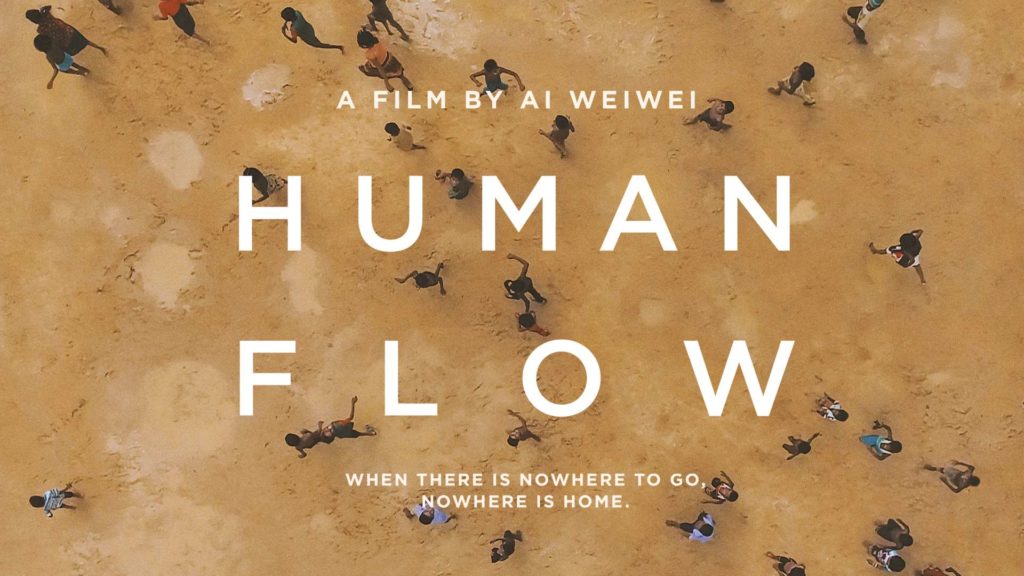Blog Post #11: My Choice
Immigration is a topic worth continuing to discuss in these blog posts because now with the preparation for the upcoming presidential election, the candidates are talking about ways to solve immigration as a social problem, convincing the United States population to vote for them. In my honors Global Awareness class, we had to watch Ai Wei Wei’s documentary called “Human Flow.” It was an eye-opening piece of art for me since it bore witness to many of the immigrants’ journey of immigrating to a new country. It mainly focused on refugees, meaning these are immigrants who do not desire to leave their country but flee it for political or economic reasons and purposes such as war, oppression, and other forms of persecution.

He uses specific artistic techniques to make it such a moving production. Ai Wei Wei shoots with a drone to emphasize the motifs of masses and also of there being no way out. However, he secondly gets intimate and shoots closely to the immigrants, pausing for periods of time so that the audience can take the time to look at them. This technique compensates for the lack of individuality created by the first technique through filming on ground-level. The film opens and closes with aerial shots. The beginning opens with a bird flying over the ocean, which is a symbol that also appears throughout the film, one instance being the scene of an origami bird trapped in a wired fence at 0:58:38. This reminds me of Maya Angelou’s “Caged Bird” that echoes the value of human dignity through the depiction of the struggles and anger of the oppressed in contrast to the blissfulness of the free. In the beginning of the film the ocean fills the entire frame and the bird is minuscule compared to the vastness of the ocean, underscoring the immensity and omnipotence of nature, and how indifferent it is to creatures and human beings. 43 seconds later, a boat of immigrants comes into view. The boat is tiny and is kept to one side of the frame, again placing emphasis on the vastness of the ocean and of nature in general, which can sometimes pose as a trap, especially to the immigrants who have been declined a refuge. Other examples of aerial shots include 0:05:06 where their tents look ant-sized, almost looking as if it was edited using a cloning effect, and at 0:15:54 where the immigrants were entering the ship in masses of people, all of them appearing as one group; they are not individualized in this sense but through the second tactic the artist uses, he becomes more personal. One instance is from 0:07:30-0:08:38 where people of different ages and genders are filmed standing still, centered in the frame. I believe this back and forth between showing large masses of immigrants and their tents and then seeing them on a face-to-face level is to break stereotypes of all sorts that we may have against immigrants. We tend to see them as a large, invasive group entering a country, but Ai Wei Wei wants us to look at them as human beings and to stop categorizing and generalizing them.

When borders are closed, the immigrants feel like there is no way out; they dread returning home because the time they could spend at a camp can vary between months and years, causing them to have to restart their lives once they are deported back to their place of origin. Connections have been lost, and what was once familiar has become foreign. The Pakistani immigrants fleeing to Europe, for example, protested with signs and chanting in Arabic at 1:04:47, pleading to not be sent back. Some signs said “Are we not human beings? We mercy for stay please. EU-Don’t send us back to Hell.” In my research, I discovered that Cuban refugees did not want to leave either; they loved Cuba and had national pride. However, in order to find peace again, they needed to flee for a better life, and most of them did not ever wind up returning to Cuba once in the United States.